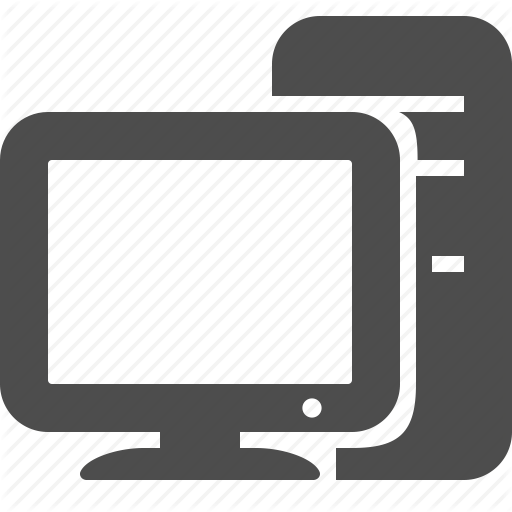Computer Software: Unleashing the Power of Code
Computer software is the invisible force that breathes life into our digital devices. It encompasses a vast array of programs, instructions, and routines that enable computers to perform specific tasks. Unlike hardware—the tangible components like processors and memory—software exists as lines of code, orchestrating the symphony of computation.
1. Defining Software
At its core, software is a collection of instructions that tell a computer what to do. These instructions are written in programming languages and guide the machine’s behavior. Imagine software as the conductor of an intricate orchestra, directing each instrument to play its part harmoniously.
2. Types of Software
Let’s explore the different categories of software:
a. System Software
Operating System (OS): The OS is the bedrock of a computer system. It manages resources (memory, CPU, storage) and provides an interface for users to interact with the machine. Examples include Linux, macOS, and Windows1.
- Language Processor: This vital component translates high-level programming languages (like Java, C++, Python) into machine-readable instructions (object code).
b. Application Software
General Purpose Software: Widely used applications like word processors (e.g., MS Word), spreadsheets (e.g., MS Excel), and presentation tools (e.g., PowerPoint).
Customized Software: Tailored solutions designed for specific tasks or industries.
Utility Software: Tools that enhance system performance, such as antivirus programs, disk cleaners, and backup utilities.
3. The Dance of Software and Hardware
Software and hardware perform a graceful tango. While hardware provides the physical infrastructure, software choreographs the steps. Consider this analogy: hardware builds the theater, but software stages the play.


.gif)